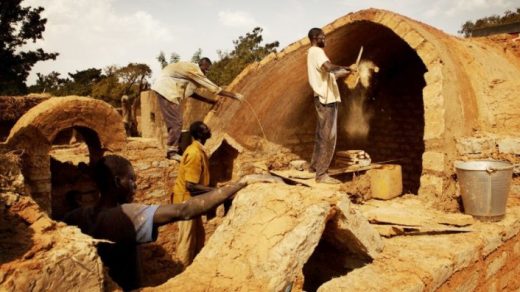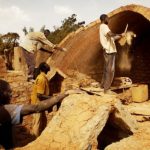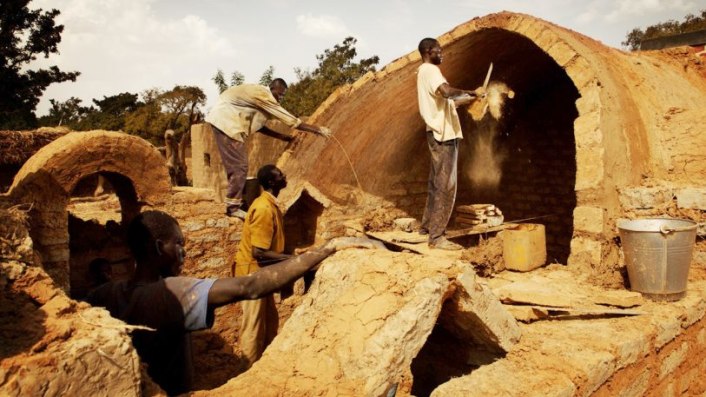This Ancient Building Technique Could House Millions Of People In Africa
In Sahelian Africa, a region that spans the continent and is bordered by the Sahara to the north and the Sudanian Savanna to the south, the roofs of many houses are built with bush timber and straw. But amid population growth and rapid deforestation in the region, people have begun to seek out an alternative: corrugated iron sheets, imported from Europe, that are expensive and have to be replaced every five to seven years.
Though they’re more “modern,” these roofs have failed to deliver sustainable housing to the majority of people in the region. “To build their houses, they have to dip into their meager food, health, and education budgets to buy these imported and expensive materials, which plunges them into a vicious circle of poverty,” Cécilia Rinaudo, deputy director of the Nubian Vault Association (AVN) tells Fast Company.
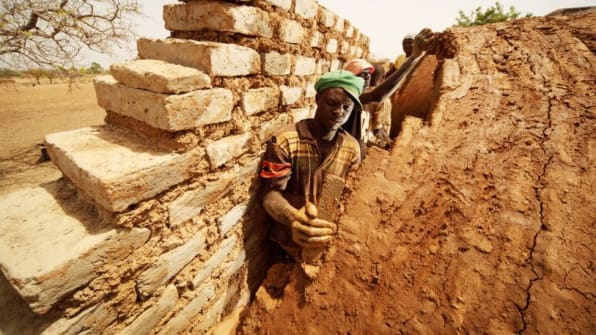
Since 2000, AVN has been working to implement a solution to the region’s housing crisis that looks not to modern techniques, but far into the past. The Nubian vault technique was used to build houses in ancient Egypt; instead of relying on a timber frame to support the structures, sun-dried mud blocks are stacked on a foundation of rocks to create a vaulted roof that supports itself. The construction method had been long forgotten, but was rediscovered in the 1940s by the Egyptian architect Hassan Fathy, who advocated for the technique as a viable housing option for the poor. The AVN’s program, “A Roof, A Skill, A Market”–which was recently awarded a World Habitat Award by the Building and Social Housing Foundation–supports the implementation of this technique across the region by training locals in this building method, and encouraging the housing market to shift toward this more sustainable and economically viable practice.
The program began in Burkina Faso, when a French mason named Thomas Granier, who had learned of the ancient technique, traveled to the country to see if it could take root in a region that, though unfamiliar with the technique, was in need of housing and had the resources to support it. Along with Seri Youlou, a Burkinabe farmer, they built Burkina Faso’s first Nubian vault in 1998. As they continued to trial the building method, “they discovered that it was not just a simple experiment but the real solution to the housing issue in West Africa, where which millions of families are struggling because of the disappearance of wood and straw used for traditional buildings,” Rinaudo says. Granier founded AVN in 2000.
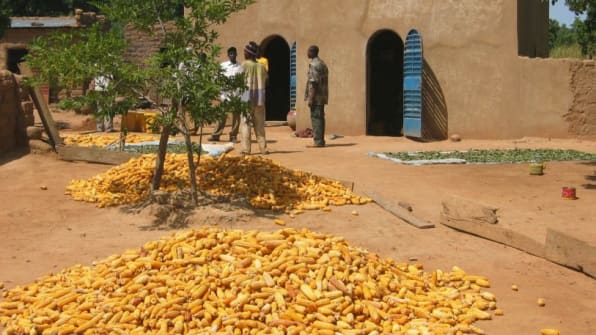
Because the vaults rely only on locally available resources–earth, rocks, and water–they are both ecologically and economically sustainable. Each vault, Rinaudo says, costs around $ 500, and is around 30% cheaper for a family than a home constructed from earth and corrugated metal; doing away with the need for importing materials slashes the cost, and upkeep of the vault requires not ordering a new sheet of iron, but performing simple maintenance of the structure. Though mud is also not an infinite resource, it’s much more readily available in a region that has already eaten through wide swaths of its timber supply, and advocates like AVN believe it’s the most promising building material for affordable housing in the area.
In Sahelian Africa, Rinaudo says, housing is a necessity, yet precarious for many families. Despite the fact that Sahelian populations have contributed very little to climate change, they are particularly vulnerable to its effects: extreme temperatures, changes in rainfall patterns, and desertification. In rural areas, many people work as subsistence farmers outside formal economies and live on around $ 2 per day.

Through its “A Roof, A Skill, A Market” program, AVN aims to support the development of Nubian vaults as both a sustainable housing option and the base of local economies. To date, AVN has trained 400 masons and 440 apprentices in building these homes. “AVN is involved as a market facilitator,” Rinaudo says. “It is not a construction company, nor does it finance the construction of private buildings.” Instead, the nonprofit hosts training modules several times per year for people interested in becoming masons. “Masonry is an excellent complement to subsistence farming, which occupies most of the rural communities in the Sahel during the rainy season, but provides little income during the dry season,” Rinaudo says. Nubian vaults can only be built in the dry season, so instead of men leaving their communities in search of income in those months, they can remain in place and earn money through vault construction; AVN-trained masons are paid by their clients in cash, trade, or barter.
To date, AVN has supported the construction of 2,000 buildings and housed 24,000 people across Burkina Faso, Mali, Senegal, Benin, and Ghana. Through training masons and apprentices, the nonprofit estimates that its contributed around $ 2.6 million to local economies and saved an estimated 65,000 tons of carbon dioxide emissions (calculated over a 30-year lifespan of the building). The homes, Rinaudo says, “represent a real solution for climate change mitigation and the adaptation of the housing sector in West Africa.”
As AVN continues to scale, it hopes to deploy its program in other western Sahelian countries including Togo, Ivory Coast, and Guinea, and eventually expand to Sudan and Rwanda. Rinaudo says the nonprofit aims to house 5% of the Sahelian population (around 20 million people) in Nubian vaults by 2050. While AVN’s efforts are focused in Africa, Rinaudo says this ancient method of construction could potentially take root in any part of the world where rainfall is scarce and timber is in short supply. While the Nubian vault technique was developed thousands of years ago, returning to it now makes sense: As we search for ways to mitigate climate change caused by a disregard for our environment, it’s only fitting that we look to a time when our relationship with our planet and its resources was not so destructive as it has become.
(104)

